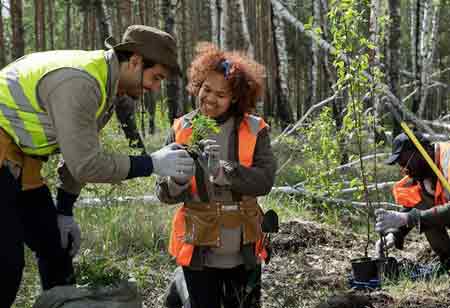FREMONT, CA: It is important to restore nature to a healthy state amid unprecedented crises today, including relentless environmental changes causing biodiversity loss, global warming, and land degradation.
A fundamental step toward achieving the Sustainable Development Goals, the United Nations Decade on Ecosystem Restoration (2021-2030) sets the goal of preventing, halting, and reversing ecosystem degradation. Restoration is also a key component of the Post-2020 Global Biodiversity Framework.
Connect to restore: It is important to include ecological connectivity requirements in Integrated Land-use Planning to maximize the benefits of restoration for the entire landscape. The increasing use of land is changing landscape shape and function, resulting in isolated areas that can no longer support larger interconnected ecological processes. The restoration of such functionality depends on connectivity. Without accounting for ecological connectivity, restoring individual degraded areas and ecosystems will not maintain their effectiveness over the long term, affecting their services and the people who rely on them.
Restore to connect: The purpose of restoring ecological connectivity is to ensure that species can move freely and natural processes can flow freely. Ecological networks aid in strengthening the connectivity of ecosystems and landscapes and guide restoration priorities. Restoration opportunities such as mapping and removing barriers to movement and flow can have a broad-scale impact and add value to conservation and sustainable management.
The Great Green Wall of Africa initiative is associated with the Restore to Connect message. Local and regional ecological connectivity will increase as productive landscapes and green restoration areas are created in the sub-Sahara, improving ecological performance. A Great Green Wall is an expanse of revitalized lands that encourage natural processes and ecosystem functioning at both the landscape and soil levels across the continent to address the lack of ecological connectivity between West and East Africa. The Great Green Wall's intercontinental reach could help protect processes occurring on a larger scale, like birds migrating along the African-Eurasian flyway, are not disrupted. Regreening initiatives in sub-Saharan areas can provide bird staging areas for rest and feeding on their way north. By implementing these interventions, birds can maintain the functional connectivity necessary to complete their migration.

